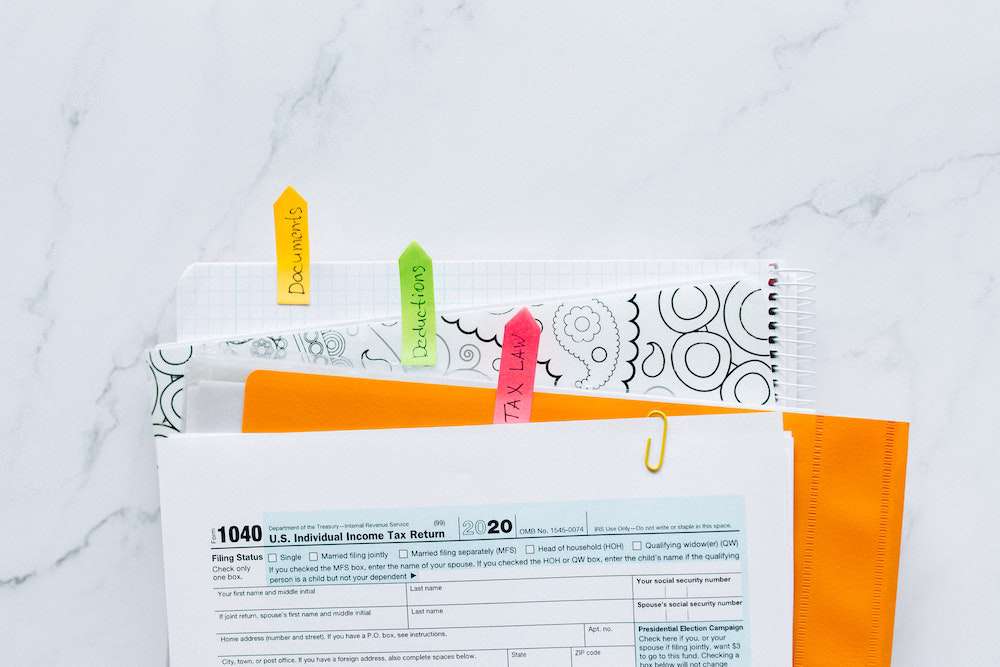5 Basics of Small Business Accounting

Victor, an entrepreneur from Flat Rock, NC, asked us this question:
“I need specific help in basic accounting systems. What are the fundamentals that I need to understand when getting started?”
Thanks for the question, Victor! No one who wants to starts a small business also wants to become an accountant. But that’s the harsh reality, unfortunately. As a business owner, you’re going to need to understand your finances and be able to project your income and expenses. Sure, you can always outsource your small business accounting to a CPA, but that doesn’t mean you shouldn’t also understand bookkeeping basics.
Let’s walk through five of the basic principles for small business accounting.
1. Organize your bank accounts.
Simply put, you need to have two separate bank accounts — one for personal use and one for business use. It makes this so easy when it comes to your finances, not to mention it minimizes liabilities and protects your personal assets if you run into any legal issues, and also makes things a breeze when tax time rolls around.
2. Keep and store accurate records.
In the nature of keeping things simple when it’s tax time — trust us, you want things to be as streamlined as possible as a small business owner — you need to come up with a system for keeping and storing records.
You’ll need to keep a record throughout the year of things such as:
- Bank & Credit Card Statements
- All Checks Written & Canceled Checks
- Receipts & Bills
- Customer Invoices & Payments
- Deposit Slips
- Tax Returns
- 1099 Forms
- Payroll Documentation
We highly recommend investing in some sort of bookkeeping software (like Quickbooks or Xero Accounting) that makes it simple to snap a photo of your records and upload them to your account.
3. Fully understand the most vital financial documents.
If you don’t know much about accounting and bookkeeping, you should start by wrapping your head around these three important documents: balance sheet, profit-and-loss statement, and cash flow statement. As a small business owner, you will use all of them and will need to use them properly.
Balance Sheet: Your balance sheets should outline your assets, liabilities, and equity.
Profit-and-Loss Statement: Your P&L statement will show how profitable (or unprofitable) your small business is. Remember this simple formula — Revenue – Expenses = Profit or Loss.
Cash Flow Statement: Your cash flow statement shows where you are spending and where money is coming in. Check out our awesome training video explaining exactly how to create a cash flow statement.
4. Always be ready for (and thinking of) tax season.
As you can see in each of the tips above, you should always be thinking about tax season as a small business owner. Don’t be like the many business owners who leave it all to the last minute. By preparing year-round — and working with a local CPA who’s worked with businesses similar to yours before — you’ll avoid any costly mistakes.
5. Develop an internal process and stick to it.
You’re only one person, and we know you’re already wearing multiple hats to make your small business run smoothly day-in and day-out. But developing an internal process that your entire team understands can take some of that burden off your shoulders. This can keep everyone on staff accountable for financial success and reduce the incidence of fraud.
Make sure everyone is keeping the proper financial records and that you’re not the only person fumbling with the books. This is a team effort!
Share this Question!
Want to write an article for our website? Learn more and submit a guest blog here.


